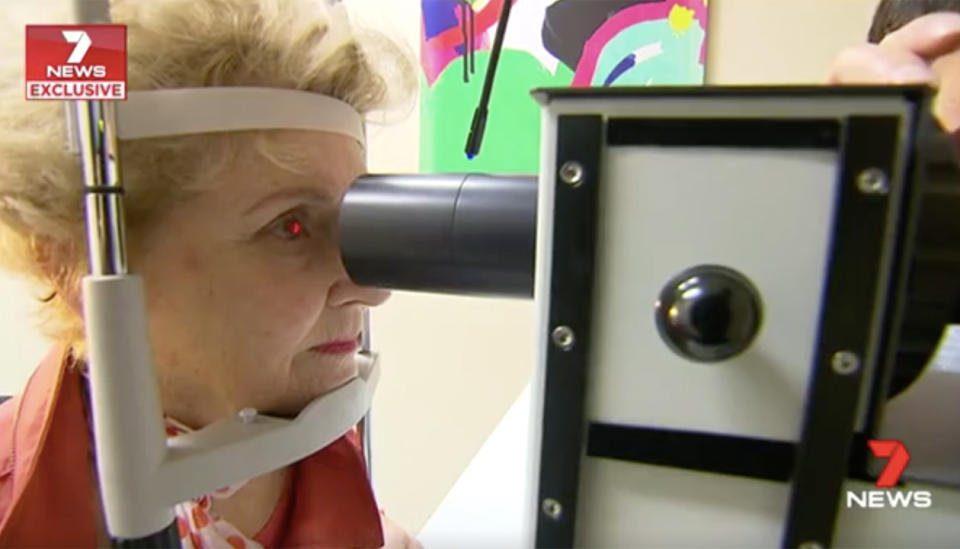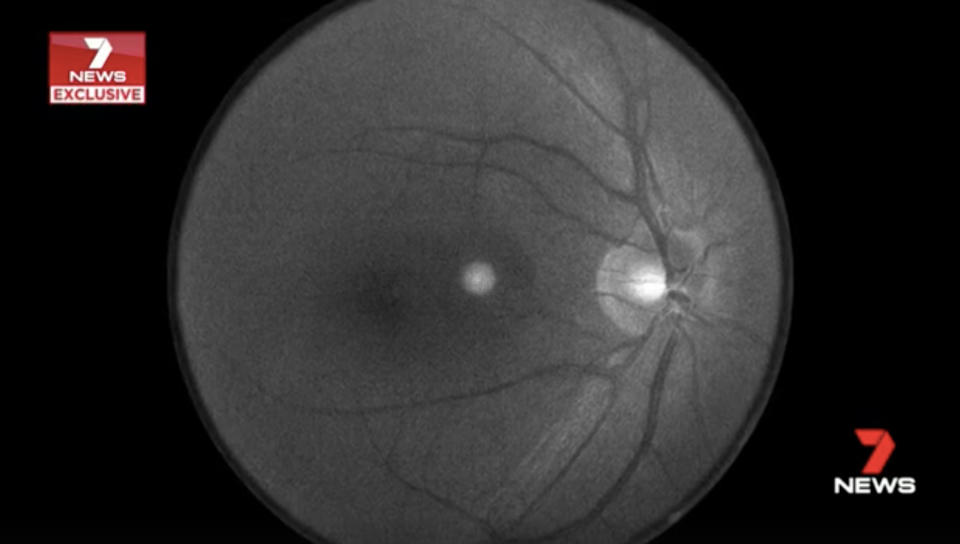Simple eye test a 'game-changer' in Alzheimer's diagnosis
A simple eye test is being hailed as a “game-changer” in the detection and diagnosis of Alzheimer’s disease.
Perth researchers say it’s non-invasive, fast and cheap – and has the potential to save lives.
It takes just a couple of seconds for the test, in which a camera takes a photo of the retina at the back of the eye to detect the build-up of amyloids – proteins which can indicate Alzheimer’s disease.

“It’ll benefit many many people throughout the country and throughout the world hopefully in time,” Edith Cowan University researcher Professor Ralph Martins said.
The disease can be diagnosed before symptoms begin – up to 20 years in advance.
“That’s what makes it so exciting, because while they have amyloid in their brain, at that stage the brain hasn’t been damaged, and that’s the best time to intervene,” Professor Martins said.
In Australia, Alzheimer’s is the leading cause of death in women. For men, it’s number two.
76-year-old grandmother and study participant Joy Woolhouse is aware of the risks.

“I can’t recall things as quickly as I used to be able to, so yes, it is a worry,” she said.
Diagnosing Alzheimers is usually done with a brain scan – but it’s expensive, costing around $3000.
This eye test is just $50, meaning patients can come back multiple times and have their progress monitored.

“If there is a particular regime that a patient might be doing to lower their risk, they could come back in six months or 12 months and get a scan of the eye again to see if there is a reduction,” Professor Martins said.
For information on clinical trials, contact the Australian Alzheimer’s Research Foundation.

